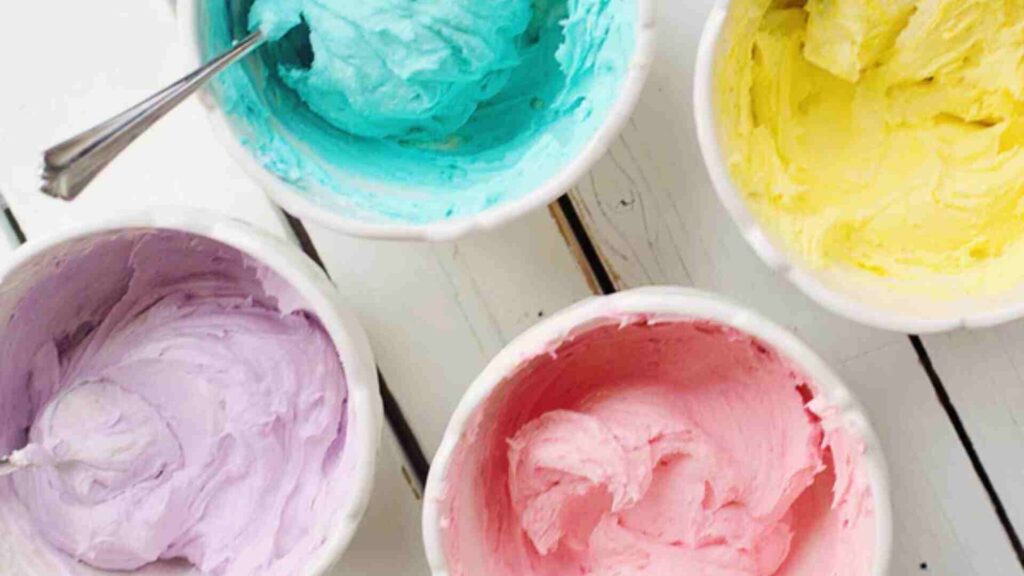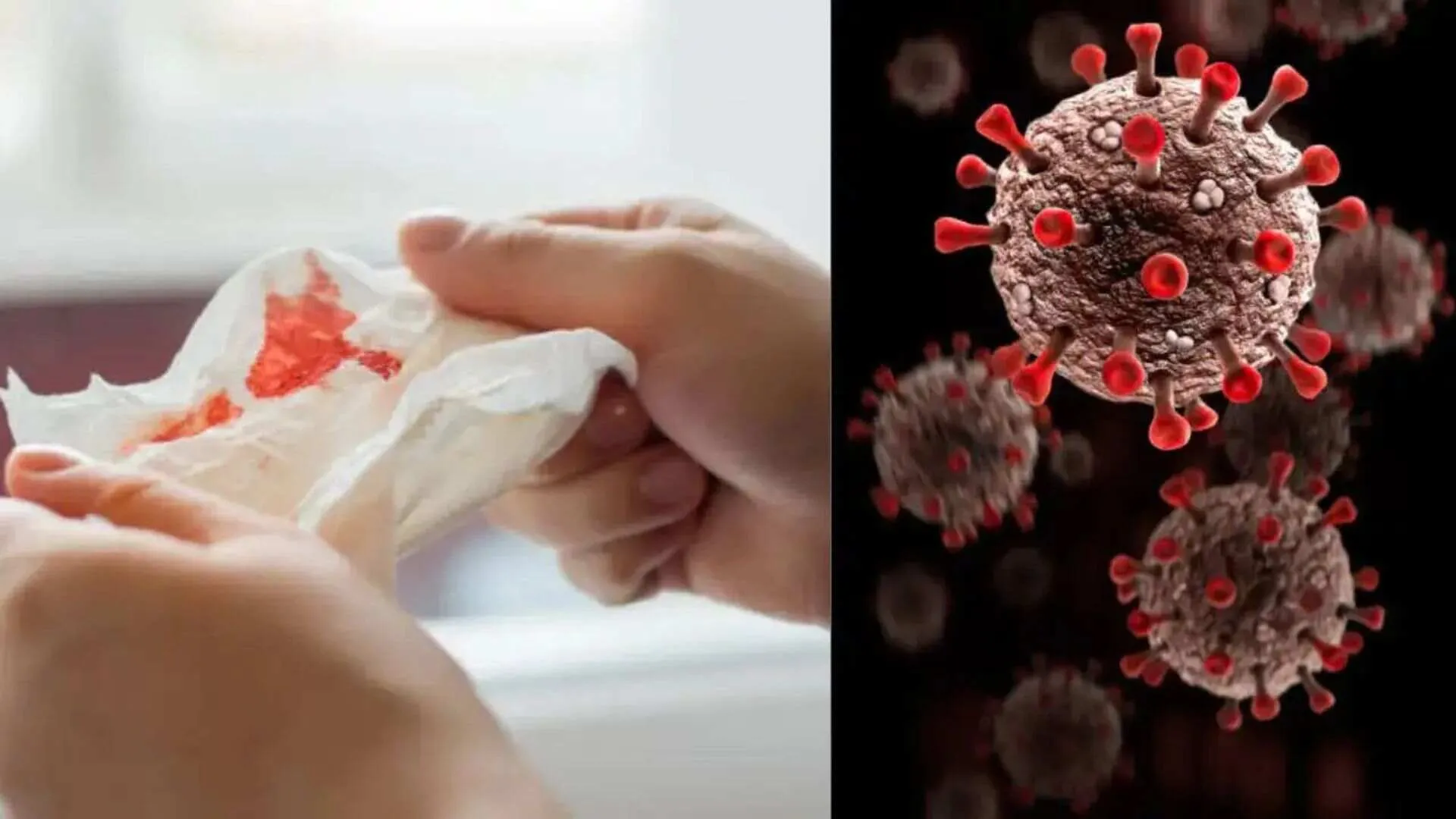Recently, Karnataka’s food regulatory authorities discovered cancer-causing agents in cake samples, prompting a warning to local bakeries regarding excessive use of artificial colorants. The state’s Food Safety and Quality Department conducted inspections and found that 223 out of 235 cake samples were safe for consumption, while 12 samples contained harmful elements, primarily artificial dyes such as Allura Red, Sunset Yellow FCF, Ponceau 4R, Tartrazine, and Carmoisine. These harmful substances were identified in popular varieties like red velvet and black forest cakes.
The food safety regulator stated that high levels of artificial colors not only elevate cancer risks but may also negatively impact mental and physical health. Food Safety Commissioner Srinivas K cautioned bakeries against using hazardous chemicals and artificial colorings that exceeded the standards set by the Food Safety and Standards Authority of India (FSSAI). According to FSSAI guidelines, most food colorings should not exceed 100 mg per kg, including the aforementioned dyes.
This alert follows a previous ban on food vendors from adding Rhodamine-B to cotton candy and ‘gobi manchurian.’ Violating this ban could lead to imprisonment of up to seven years and fines of up to Rs. 10 lakh. The Karnataka Health Minister emphasized, “Consumption of snacks containing these artificial colours may pose long-term health risks, including cancer. Therefore, the health department has taken this necessary action. I urge the public to prioritize health and hygiene above all else.”
What Are Artificial Food Colors?
Artificial food colors are synthetic dyes created from chemicals, often derived from petroleum, and are used to enhance the visual appeal of food. Common artificial colorants include:
- Allura Red AC (Red 40)
- Tartrazine (Yellow 5)
- Sunset Yellow (Yellow 6)
- Brilliant Blue (Blue 1)
- Carmoisine
- Ponceau 4R (Red 7)
These additives are approved by food safety authorities worldwide, including the US Food and Drug Administration (FDA), the European Food Safety Authority (EFSA), and India’s FSSAI. However, discussions continue regarding their long-term health implications.
Potential Cancer Risks Linked to Artificial Colors
The health effects of chemicals found in food colors are a growing concern. Artificial food colors are prevalent in many processed foods, including candies, soft drinks, cereals, and baked goods. While these additives improve food aesthetics, they have been scrutinized for their potential link to cancer.
Numerous studies have investigated whether the consumption of artificial food colors increases cancer risk, with results that vary. While no definitive connection between artificial food colors and cancer has been established, several studies raise concerns about potential carcinogenic effects, particularly at high doses.

For instance, some animal studies linked Carmoisine to thyroid tumors, leading to restrictions on its use in cosmetics but not in food products. In the 1970s, studies found that high doses of certain artificial colors, like Erythrosine, induced thyroid tumors in rats, prompting regulatory bodies such as the FDA to limit its use in specific products.
However, these high-dose animal studies do not directly correlate with human risk due to the much lower amounts of colorants consumed by humans. One study indicated that Red 40 might cause DNA damage in mice, which is a precursor to cancer. Nevertheless, regulatory agencies maintain that it is safe at current usage levels based on the available evidence.
Tartrazine (Yellow 5) has also been scrutinized for potential health risks. Most human studies have focused on broader health concerns, like hyperactivity in children, rather than cancer. The Southampton Study in 2007 suggested that certain artificial colors, including Red 40 and Yellow 5, might lead to hyperactive behavior in children, resulting in restrictions in some countries.
Are You at Risk?
While there is some evidence suggesting that high doses of artificial food colors may cause cancer in animals, research on humans is limited. Nevertheless, high consumption of cakes and other baked goods can increase the risk of various diseases, including cancer.
Regulatory agencies continuously monitor and evaluate the safety of these additives. Given the rising cancer rates in India, opting for foods with fewer artificial chemicals and lower sugar content can be beneficial for health.






















